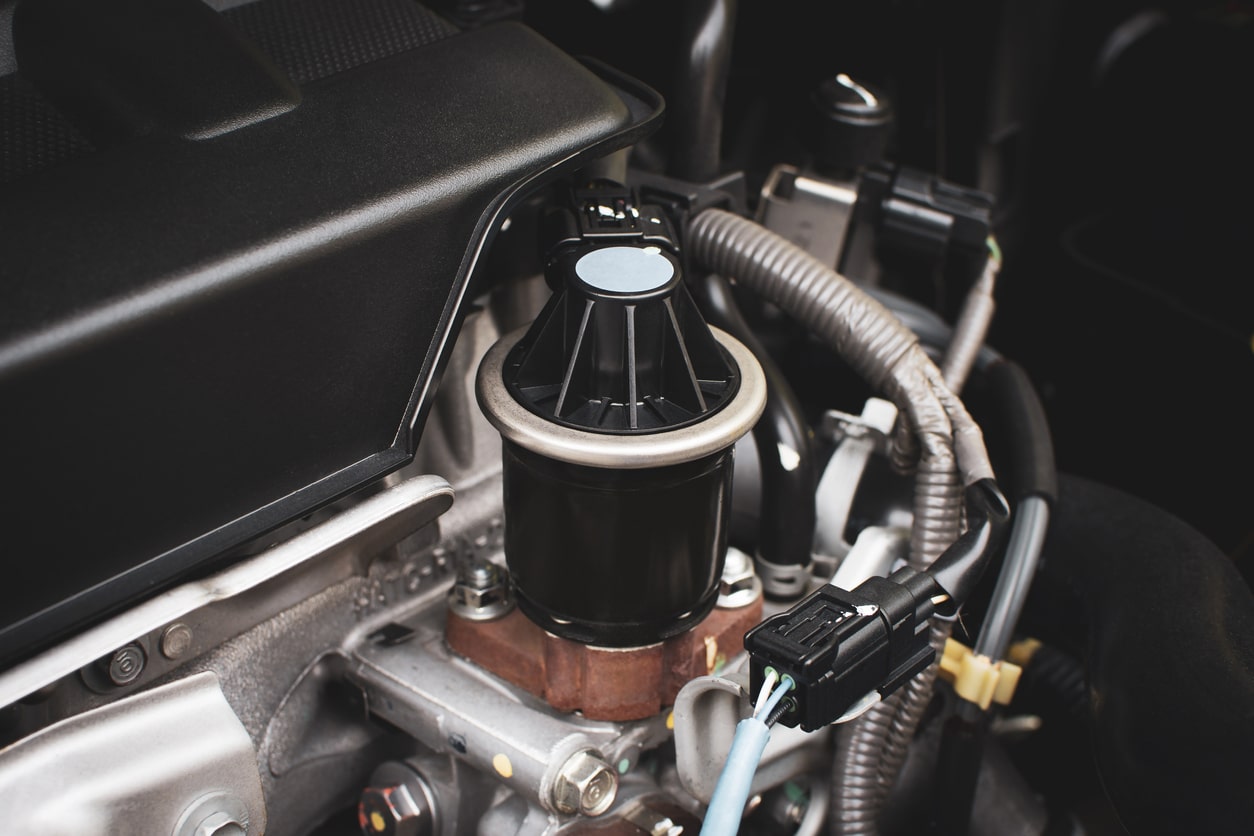Whether you’ve spotted your dream car in an online auction or you’re moving to the UK, it can be hard to know where to start with importing a car from another country. In this guide, we’ll give you all the information you need to know about importing a car into the UK, with a handy checklist to keep things clear and organised.
Quick Navigation
How to Import a Car into the UK
There are two options when importing a car into the UK: you can do it yourself or pay a company to handle it for you. We’ll take you through the pros and cons of each below.
Using a Car Import Agent
If you go through a car import specialist, they’ll complete the necessary paperwork on your behalf, but it will be more expensive.
The good news is that most car shipping companies can give you a quote based on the car and the country you’re importing it from. Costs will vary depending on the age and type of the car, as well as the taxes and fees imposed by the export country.
ShipMyCar is among the most popular car import specialists in the UK. They manage every aspect of importing a car to the UK and can give you an instant quote online. Whether you choose to use a car import agent ultimately comes down to your budget and how much time you want to spend arranging the import yourself.
Importing a Car Independently
It’s possible to import a car into the UK independently, but it can be a lengthy and complex process. Here are the four steps you’ll need to complete to import a car into the UK:
UK Car Import Checklist
If you’re set on importing a car into the UK yourself, read our handy checklist guide to the process below.
1. Tell HMRC
After you’ve imported a car into the UK, there’s a 14-day window to tell HMRC. There are two different ways to inform the HMRC depending on where your car has come from:
- If you import a car into the UK from the EU, you can use the Notification of Vehicle Arrivals (NOVA) service.
- If you import a car into the UK from outside the EU, you’ll need to apply for a C384 form and send it to HMRC via email or post. More details here.
You can’t register your car until you’ve told HMRC that it’s arrived in the country. And, if you don’t inform them within 14 days, you could be fined – so don’t forget this crucial first step.
When you’ve told the HMRC, they’ll respond with information on any tax and duty charges which you’ll need to pay before you can register your car with the DVLA.
2. Pay Taxes and Fees
After you’ve told the HMRC that your car has arrived, they’ll respond with information on any tax and duty charges which you’ll need to pay before you can register your car with the DVLA.
The tax and duty you have to pay will depend on the total cost of the car, where you imported it from, and any delivery and shipping costs. The rules are different depending on whether the car has come from inside or outside the EU; here are the rules on what you’ll need to pay:
If you import a car from inside the EU:
| Reason you imported it | What you’ll need to pay and how |
| For personal use = | VAT only, paid directly to HMRC |
| For a VAT-registered business = | VAT only, paid during your next tax return |
| For a non-VAT-registered business = | VAT only, paid directly to HMRC |
If you import a car from outside the EU
| Reason you imported it | What you’ll need to pay and how |
| You’re moving to the UK with a car = | Customs duty (at UK border) and VAT (direct to HMRC) |
| You’re returning an exported car to the UK = | Customs duty (at UK border) and VAT (direct to HMRC) |
| You’re bringing a car into the country = | Customs duty (at UK border) and VAT (direct to HMRC) |
| You’re a VAT-registered or non-VAT-registered business importing a car = | Customs duty (at UK border) and VAT (direct to HMRC) |
If you import a car into the UK using a vehicle shipping specialist, tax and duty charges will be included as part of the overall fee, with the company paying customs fees on your behalf.
3. Get Approval for Your Vehicle
Before you can register your car, you need to get approval from the DVLA to prove that it’s roadworthy and meets the UK’s safety and environmental vehicle standards. There are a couple of ways to do this depending on where you’re importing the car from.
- If the car is registered in an EU country, you can get a European Certificate of Conformity (COC) from the manufacturer. Just contact your car’s original manufacturer and they should be able to help.
- If the car is registered in a non-EU country, such as the USA or Japan, you’ll need to apply for an Individual Vehicle Approval (IVA). This is a visual inspection of your car that’s carried out by the DVLA. Learn more about the IVA scheme here.
It’s worth noting that if your car is over 10 years old, you might not need to get approval for it from the DVLA. Download the DVLA import pack for more information.
4. Register an Imported Car in the UK
The final step is to register your car in the UK with the DVLA. To do this, you’ll need to follow the instructions outlined in the DVLA’s vehicle registration guide. Registering an imported car isn’t quite the same as you may need to provide a few more supporting documents, including:
- Proof of approval for your car
- Proof of date of collection in the UK
- The original registration form from the car’s country of origin
- A receipt from the company who shipped the car to the UK
It can take around six weeks from the point of contacting HMRC before your car is fully registered in the UK.
Car Imports by Country
Now that we’ve shown you how to import a car from another country, we thought it would be interesting to take a look at where the majority of cars brought into the UK actually come from. Below is a guide to the top five countries from which we import the most cars per year, represented by the value of cars.
You can find lots more motoring news, advice and features on the Holts blog, including how-to guides and driving tips. To find out about our handy DIY car maintenance products, visit the homepage today.


